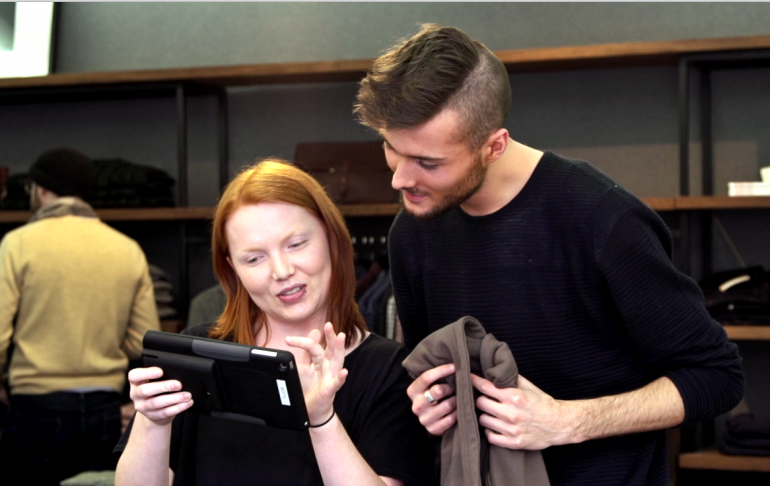At the Frank & Oak retail store in Toronto, 20- and 30-something men wander in and out. Some are regulars, while others poke their heads in for the first time, wondering aloud how long the shop has been open. At the front, customers linger in the store’s cafe, sipping lattes made of hormone-free milk. At the back, an in-store barber offers trims and shaves. And while the stylish yet understated 735 Queen Street West location is neatly lined with leather handbags, neutral basics, and suede shoes, it’s clear the menswear company is selling much more than just clothes.
Frank & Oak — now a household name among the internet generation — built its reputation pixel by pixel, with free shipping, no-hassle returns, and sleek seasonal video trailers. It secured loyalty among its customer base with handwritten thank-you notes, monthly collections, and fair prices made possible by the company’s vertically integrated business model (meaning F&O owns its entire brand from design to manufacturing to distribution).
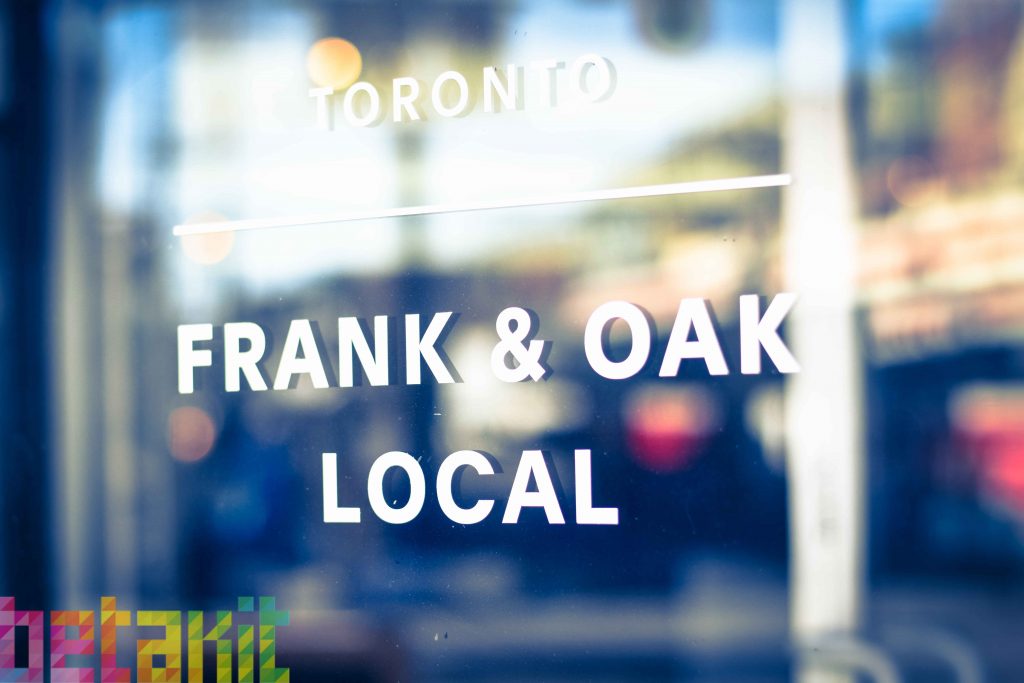
For a Canadian company that started in 2012 with a website and a few developers on the outskirts of Mile End, a trendy neighbourhood in Montreal, Frank & Oak has come a long way: In just its first year, the F&O website had more than 120,000 members and was managing a waiting list for new customers while its supply chain caught up; In 2013, it has sold more than 700,000 items of clothing and garnered $15 million in funding from several Venture Capital firms.
While F&O is a private company and doesn’t disclose sales numbers, they tell me they’re now 1.6 million members strong and servicing an average of 35,000 orders each month.
After three years pursuing its mission to make great style accessible for a new generation of men online, F&O now boasts six retail locations: two flagship stores (one in Montreal and one in Toronto) as well as four community and seed stores in Ottawa, Halifax, Vancouver, and Calgary.
Now that F&O offers both clicks and bricks, we caught up with CEO Ethan Song to find out how F&O is bridging its online presence with new brick-and-mortar locations.
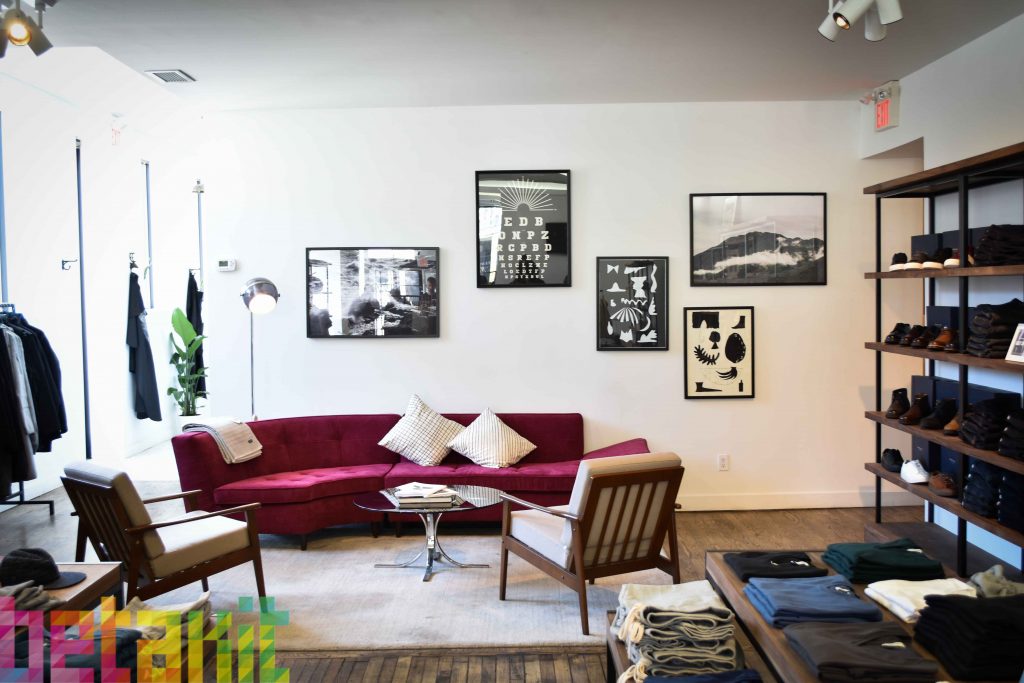 “Retail stores help communicate our culture and build awareness around our brand,” Song tells me over the phone from Montreal. “For the millennial male, the community and experience are just as important as what he’s purchasing.”
“Retail stores help communicate our culture and build awareness around our brand,” Song tells me over the phone from Montreal. “For the millennial male, the community and experience are just as important as what he’s purchasing.”
“We’ve always been an experience company; the experience is the product.” Song compares Frank & Oak to Uber: with a regular taxi company, you’re still getting from A to B, but you choose Uber for the smart, integrated, experience.
Just as Uber is transforming how modern millennials navigate cities, Frank & Oak is completely rewriting the rules on men’s retail. The company has banked on the observation that—unlike women, for whom shopping can be a form of entertainment—most men don’t enjoy spending their time digging through bargain bins and trying things on. F&O has seized the opportunity to captivate a male market of mainly 20 to 35-year-olds, who, according to a recent interactive report by Ipsos Canada, are spending more money online than ever before — and more than women.
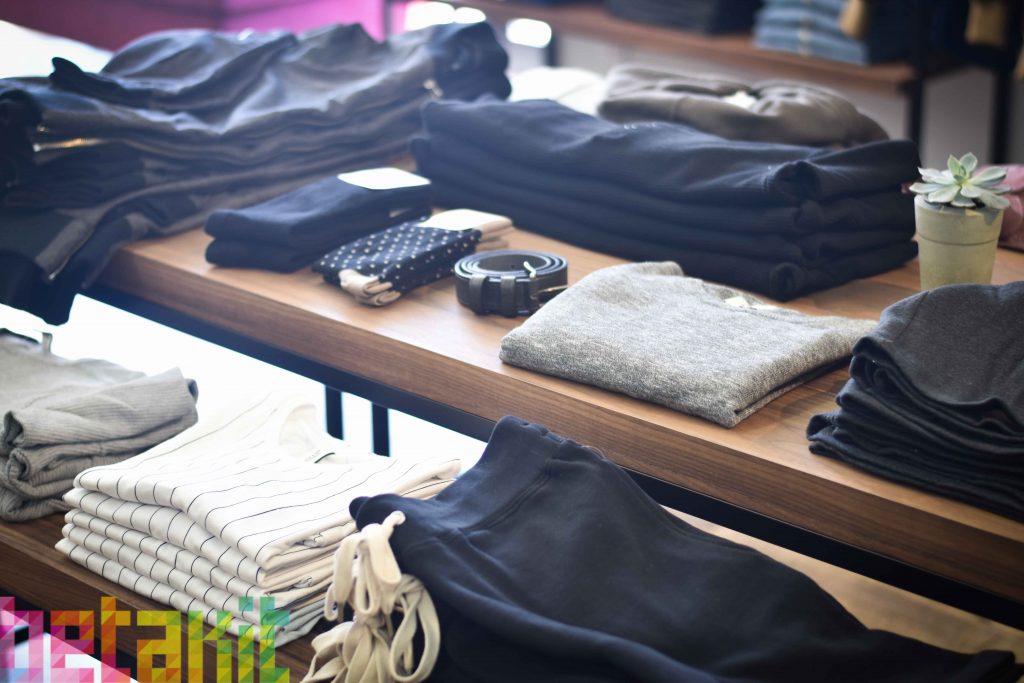
“We’re a tech-first company, and technology allows us to make personalization more democratic and own the customer service experience” says song. At its retail locations, F&O uses a solution from Toronto startup Tulip Retail to create a seamless experience by merging the company’s online and physical presence. Tulip integrates customer profile information like sizing and purchase history with in-store and online intelligence, such as detailed product information and inventory levels.
“With Tulip, we can deliver the same level of customer service one would expect at Nordstroms or Harry Rosen” says Song. The software – which is operated on iPad Minis by F&O sales reps and in-house style advisors – is also the portal to the company’s e-commerce platform, with integration to sell both online and in-store. “We realized that to offer personalized service, you can’t be standing behind a counter.”
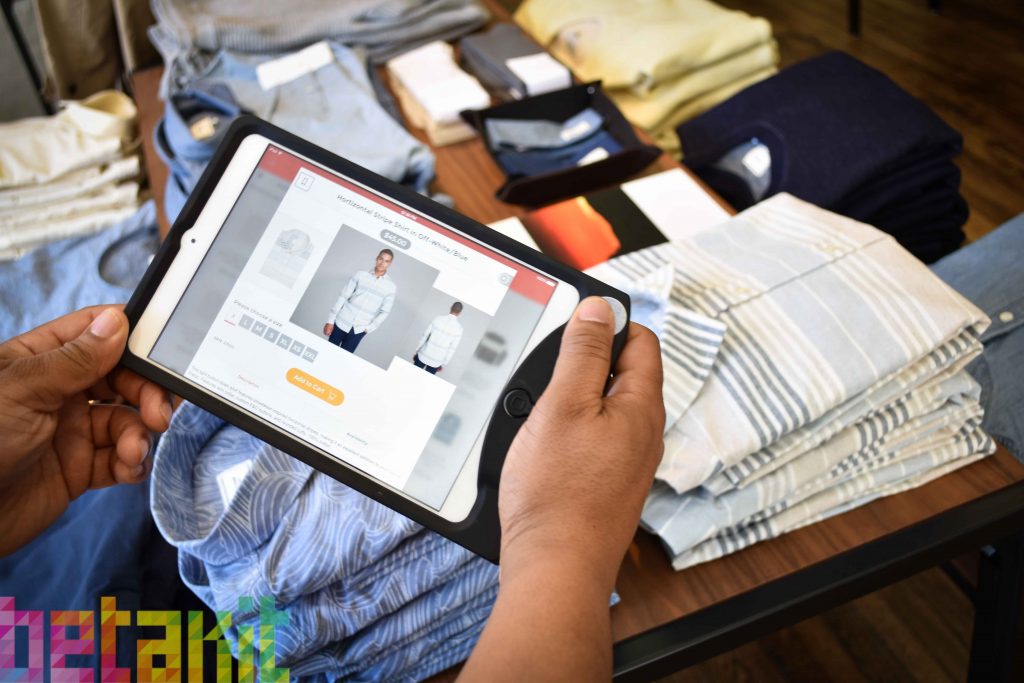
When asked if he’d recommend starting with clicks before moving to bricks, Song says it doesn’t really matter where you start; instead, he emphasizes community, personalization, and integration. In today’s retail landscape, omni-channel is a given. “What’s more important is owning and delivering the customer experience, whether it’s online, via mobile or tablet, or in person. Where you start matters less.”
Photos courtesy Amanda Cosco
Related: Frank & Oak’s new reality: stores, stories, brands and beards


